Augmenting the design process: Onur Yuce Gun, Creative Manager of Computational Design @ New Balance
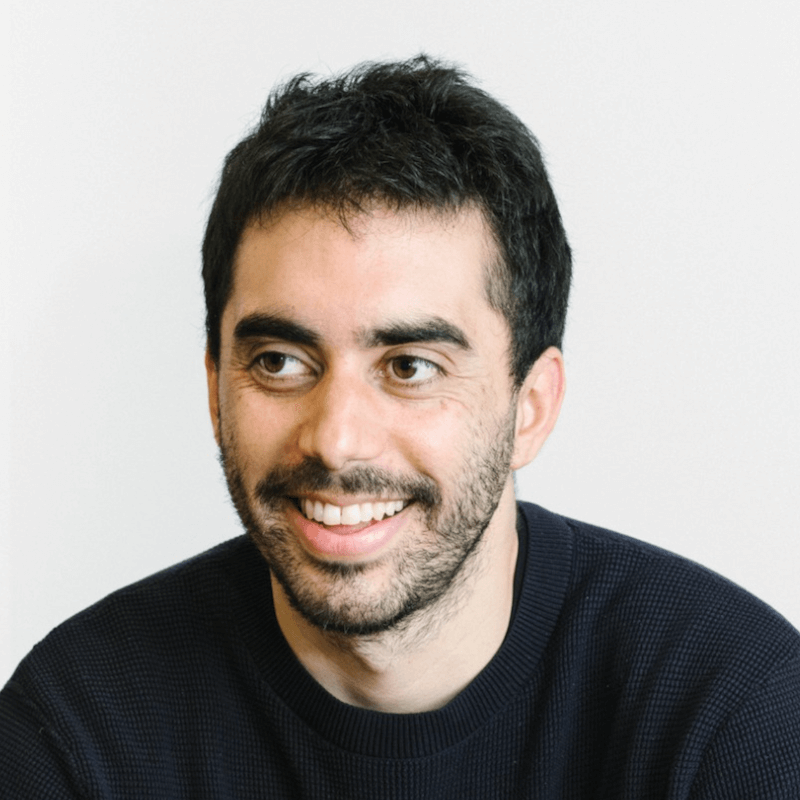
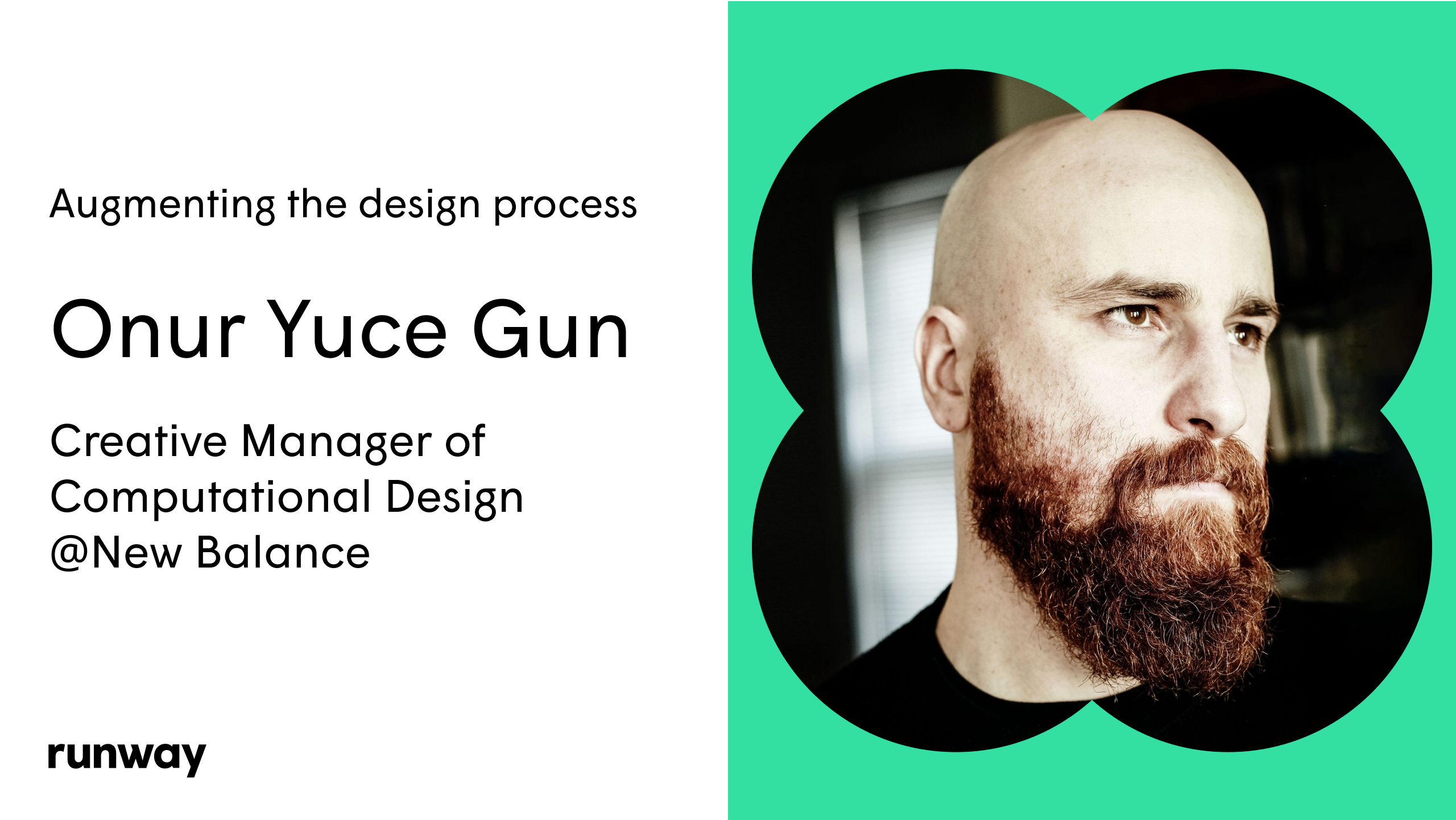
Originally from Turkey, Onur began his career in architecture, graduating from MIT with a Ph.D. in Design and Computation. “As designers, we have our intentions, goals, and understandings about our environments and what we are trying to achieve in our design,” Onur says. “Computers have their own kind of internal working and logic.” Onur’s interest is in bridging human creativity with computational reasoning.
Going from skyscrapers to athletic shoes, Onur was the first computational designer hired at New Balance. As Onur describes, computational design is built with dynamic tools that allow designers to build data-first systems that give them new understanding and insights into their final product.
Onur foresees the creative process to be democratized for everyone in the near future, enabling the production of personalized designs using customer data.
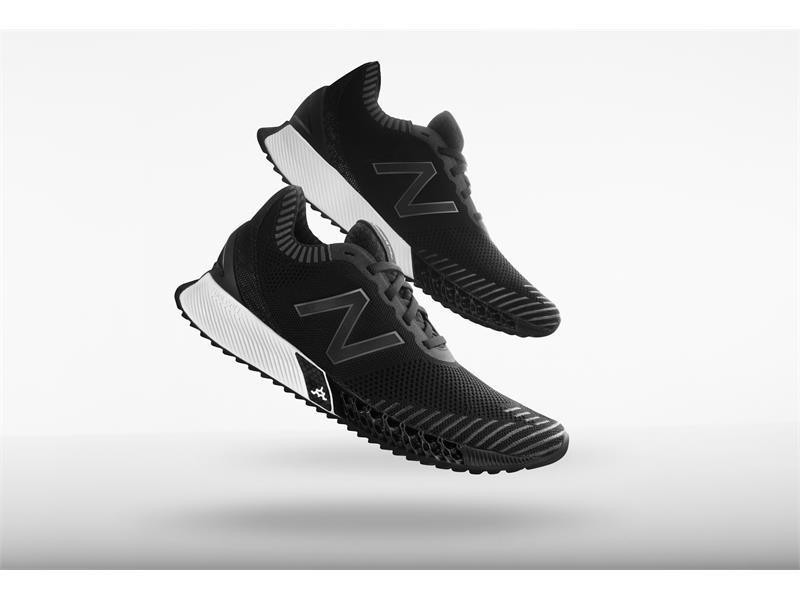
As part of New Balance’s Innovation Studio, Onur focuses on how to implement computational design into the brand’s performance running shoes. Compared to designing buildings, Onur sees shoe design as a faster process due to its scale. The challenge is to insure that the digital process directly engages with physical contact. As part of his role, Onur utilizes the data collected from athletes such as their under-foot pressure to create custom shoes. While today New Balance focuses on professional athletes for full customization, Onur foresees the creative process to be democratized for everyone in the near future, enabling the production of personalized designs using customer data.
Rethinking the Traditional Design Process
Onur went to meet Runway founder Cristóbal Valenzuela in New York. He returned to New Balance to pitch the ML software to his team. Coincidentally, another designer was already looking into the program. He described Runway as an emerging tool that his team could make a part of their existing workflow.
Machine learning allows us to blend and morph hundreds, if not thousands of images.
For Onur, one of the key benefits of Runway is in the ideation process. “Both architecture and design processes benefit from inspirational images,” Onur explains, mentioning how in the past designers browsed books or magazines for visual ideation. “ML allows us to blend and morph hundreds, if not thousands of images.” While looking at all these images, Runway lets Onur and his team see a wide spectrum of inspiring images that carry both familiar visual cues as well as unfamiliar surprises.
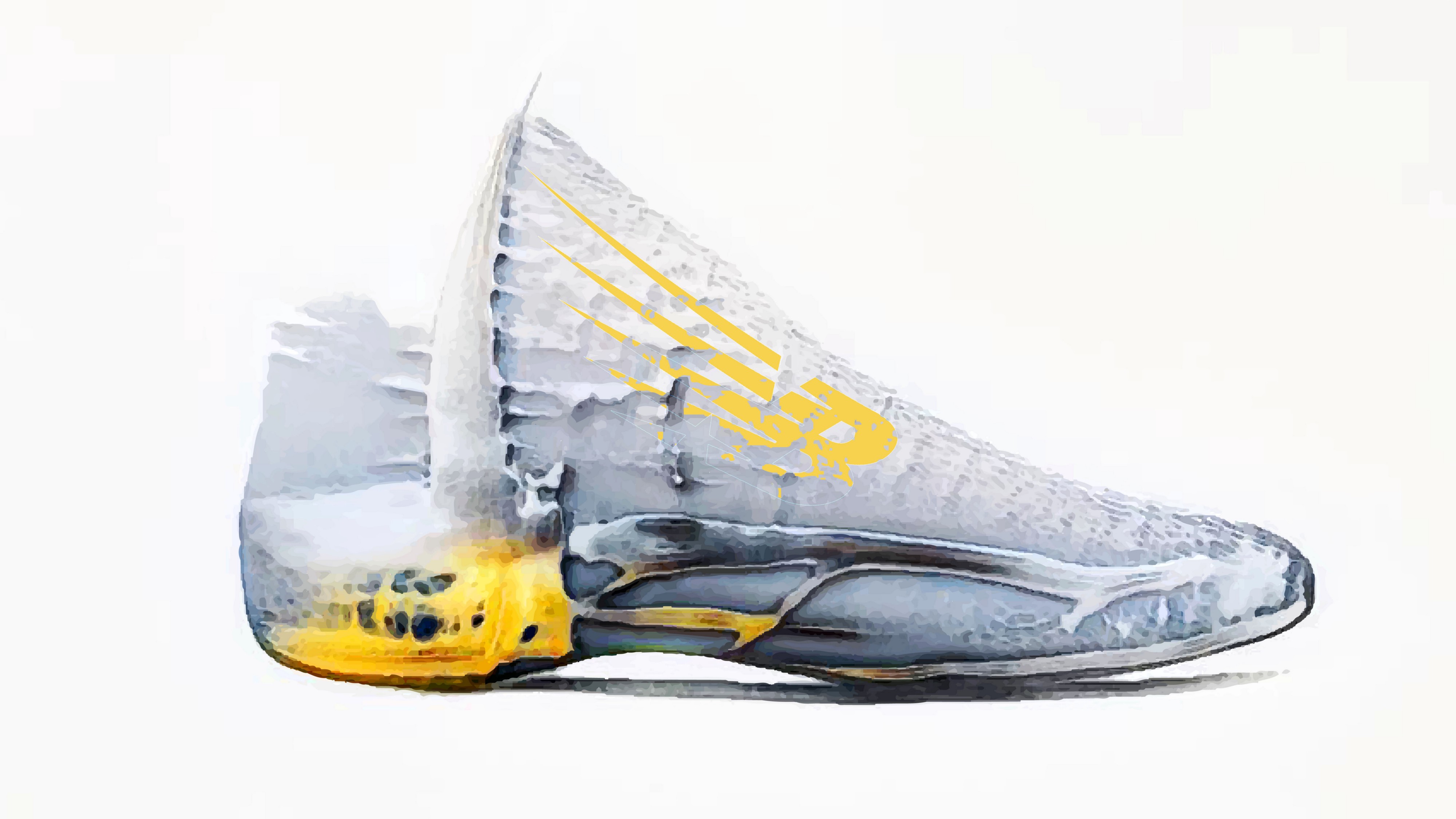
Onur describes Runway as an easy-to-use tool. While most AI tools require a good amount of technical expertise, this software is meant for everyone. “RunwayML is amazing in that you don’t have to apply a single letter of code to start using it,” he says. As Onur sees, people will be able to embrace Runway without facing a steep learning curve.
He’s adamant that Runway fits into the traditional design process and can allow active collaboration. “People think that AI is a replacement or equal of human intelligence and it is not,” He says. ‘You still need ideation and sketching. It’s still a design process. Our intuition counts a lot.”
Creativity in the Times of AI
As a former professor, Onur sees three major barriers preventing students from getting accustomed to generative design. The first is time. The second is the crowded nature of parametric design. “Tools are enabling us to produce complex forms in matters of minutes but not all of that is valuable,” he says. “We have to be conscious of how we create something useful for all of us.”
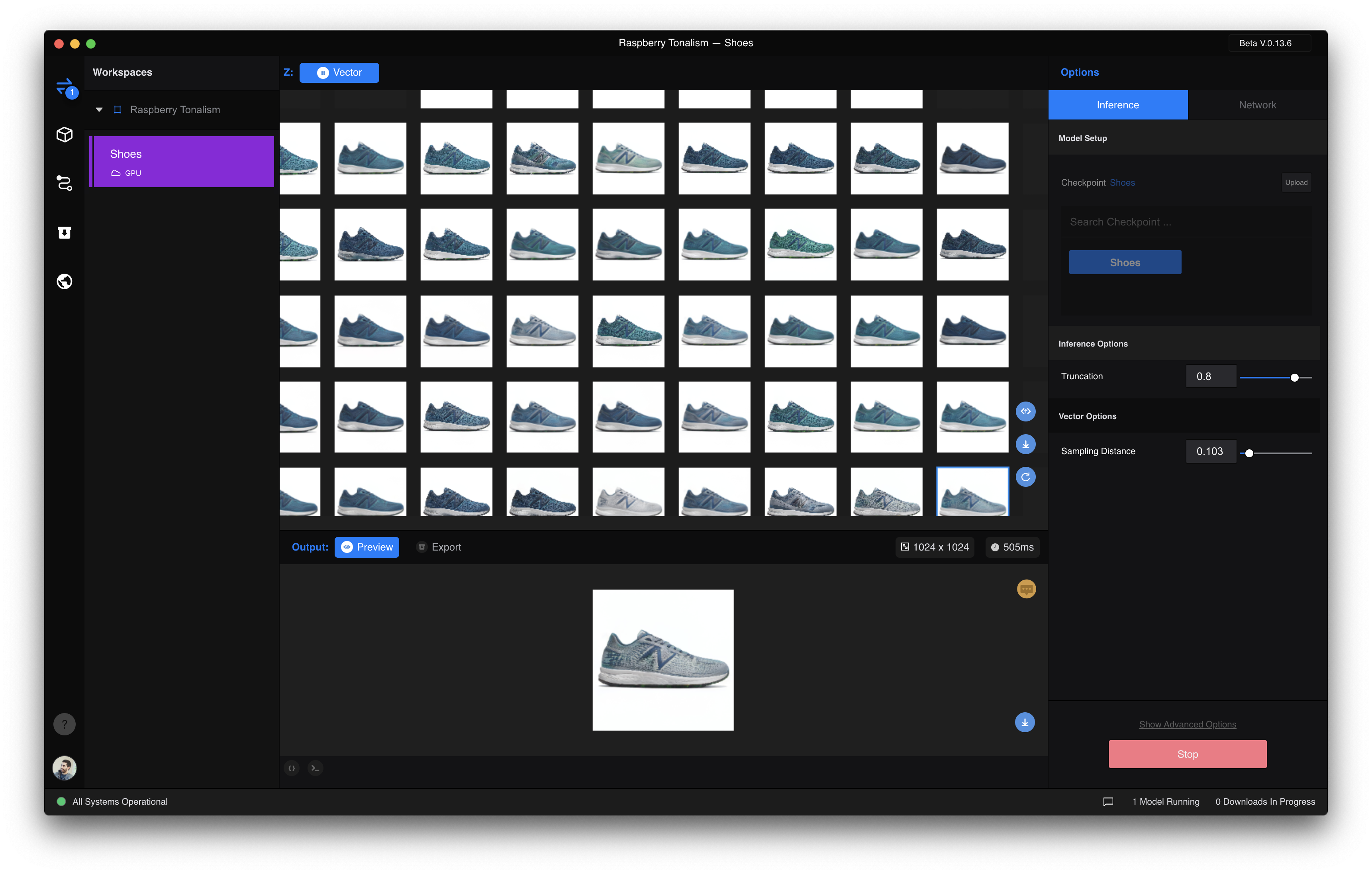
The third obstacle is about tangible products. “Digital and physical are pretty different, not everything you design on the digital side can be realized,” he mentions, comparing shoe design to movies, where the liabilities are much lower. “We can all design sculpted forms in the digital realm,” he says. “But making something perform in the real world is not that easy, right?”
The best way to work with AI and ML is to use tools like Runway to expand your creativity, rather than replace it.
As users around the world question how AI and ML can be creative, Onur urges his students and team to think of these tools as opportunities for creativity, rather than worrying about whether the machine is creative itself. His design process is always related to his physical experience, whether that is going on a run or walking into a building. Machines can’t understand these experiences, really. The best way to work with AI and ML is to use tools like Runway to expand your creativity, rather than considering them replacements of our creative acts.
“We have to use these tools to aid our human creativity and make human life better,” he says. “Yes, be conscious about efficiency and sustainability, but also remember creativity.”
- Download Runway: https://runwayml.com/download
- Onur’s Website: http://onuryucegun.com/
- Onur’s Medium: https://medium.com/@OnurGu